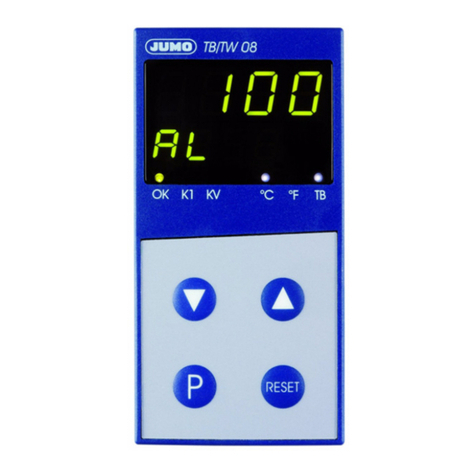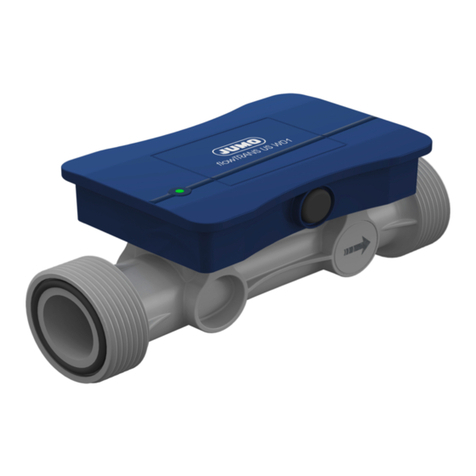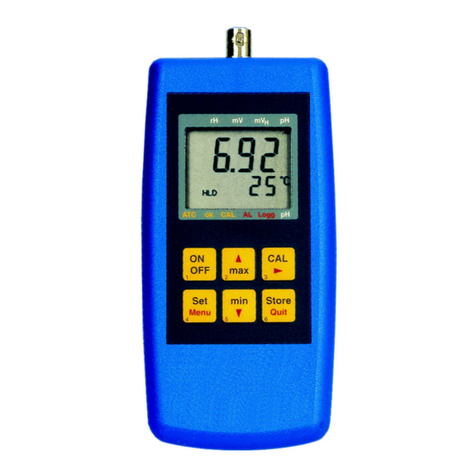JUMO AQUIS touch S 202581 User manual
Other JUMO Measuring Instrument manuals

JUMO
JUMO DI ECO User manual
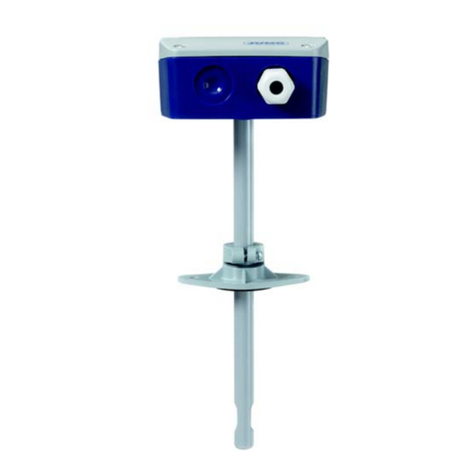
JUMO
JUMO CO2 Measuring Probe User manual

JUMO
JUMO LOGOSCREEN 601 User manual
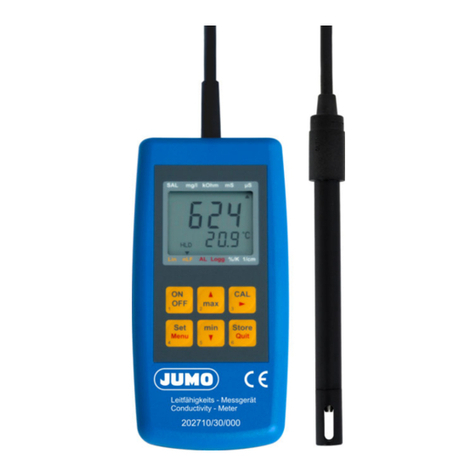
JUMO
JUMO 202710/30 User manual
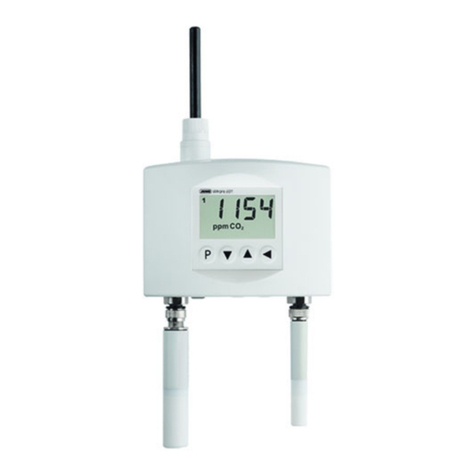
JUMO
JUMO Wtrans E01 User manual
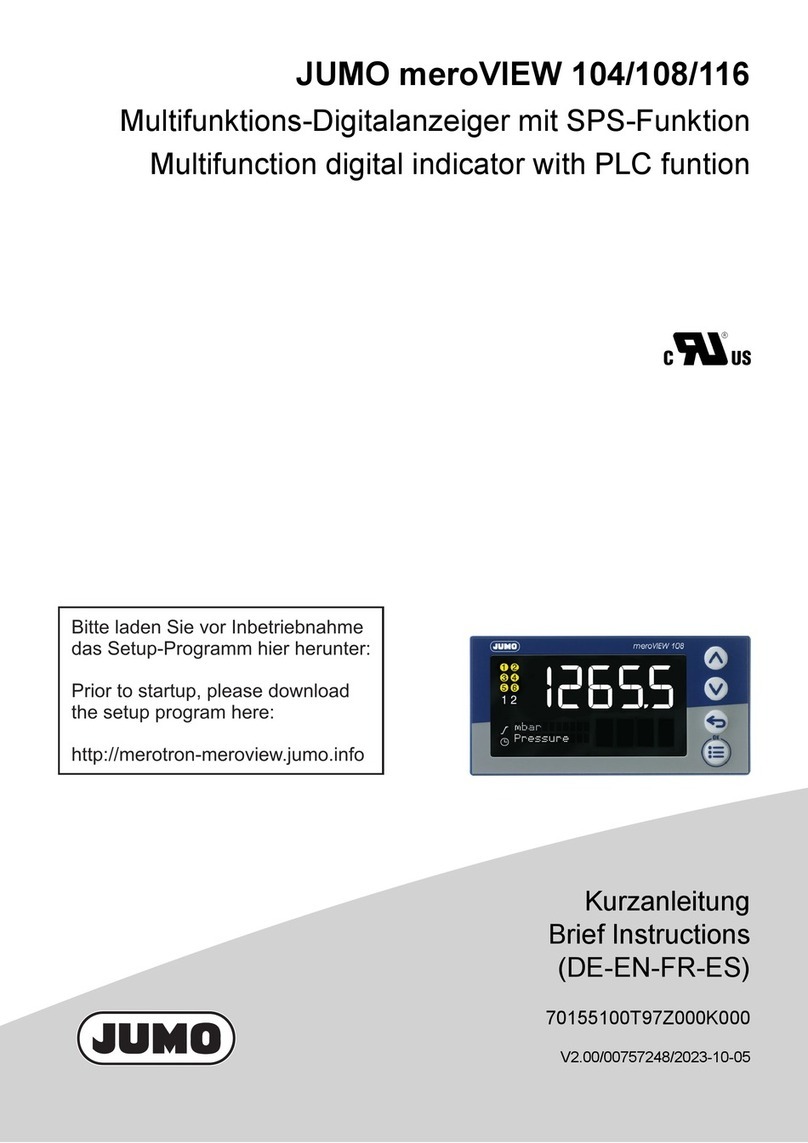
JUMO
JUMO meroVIEW 104 Reference guide

JUMO
JUMO 202710/30 User manual

JUMO
JUMO flowTRANS MAG H20 User manual
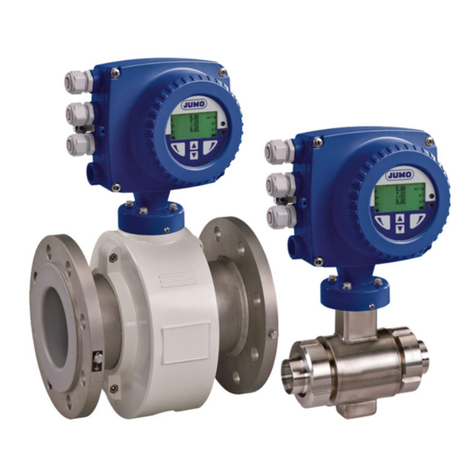
JUMO
JUMO flowTRANS MAG S01 Instruction manual
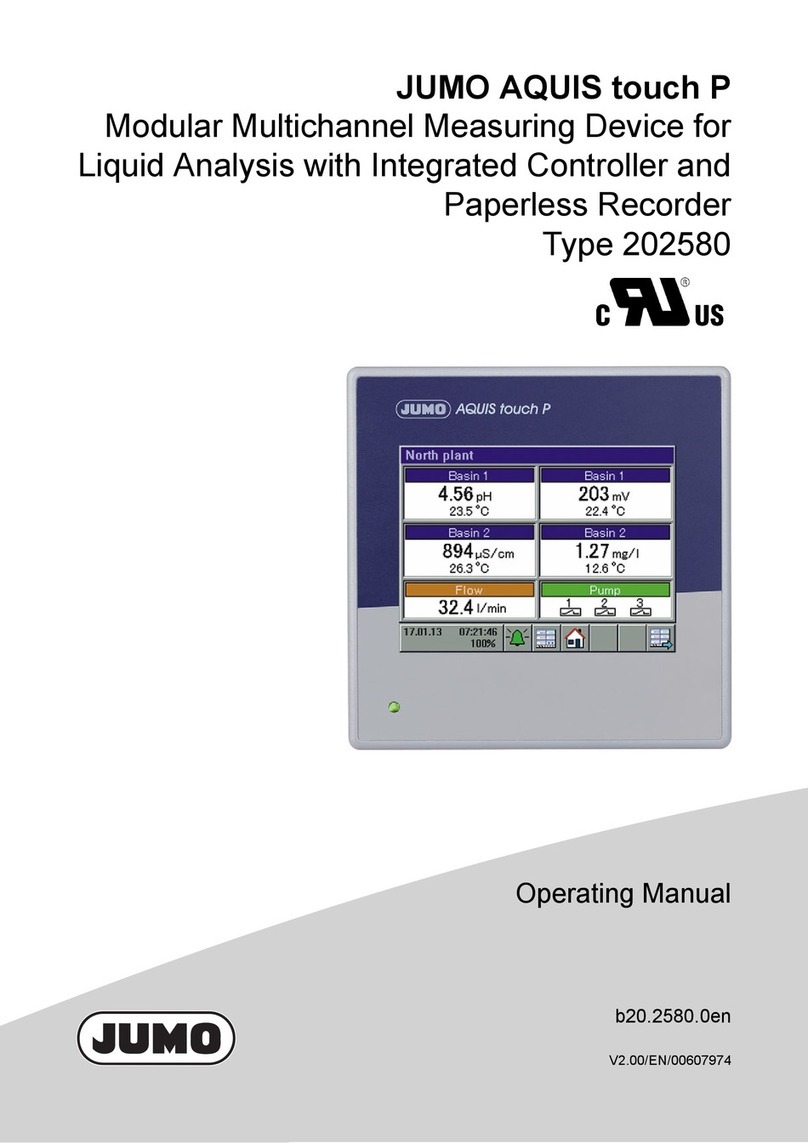
JUMO
JUMO AQUIS touch P 202580 User manual

JUMO
JUMO dTRANS p35 Reference guide

JUMO
JUMO 202550 User manual
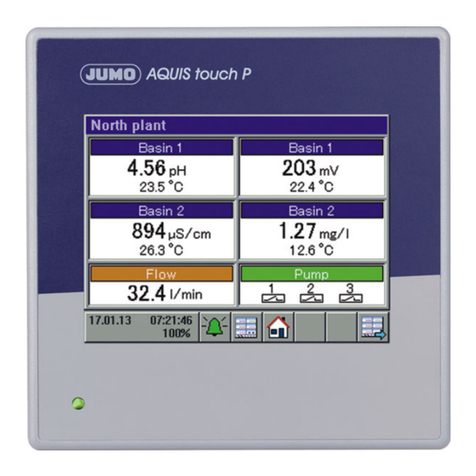
JUMO
JUMO AQUIS touch P User manual

JUMO
JUMO AQUIS touch P User manual
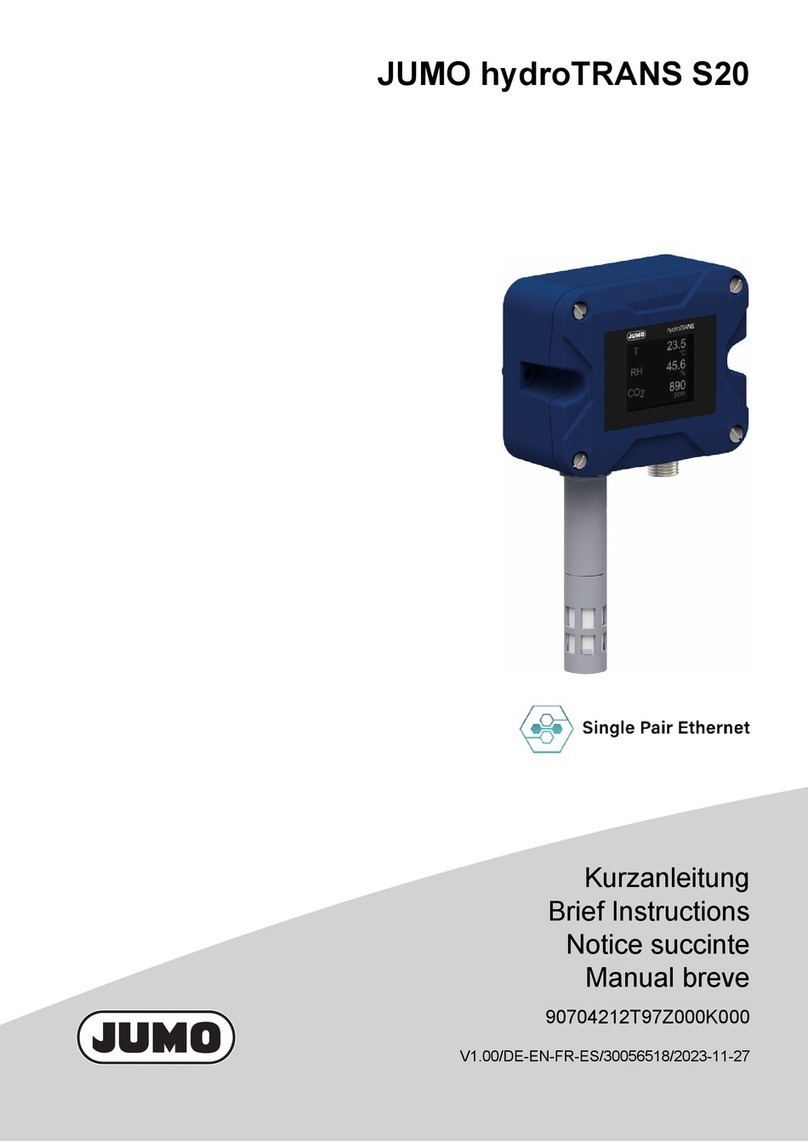
JUMO
JUMO hydroTRANS S20 Reference guide

JUMO
JUMO flowTRANS MAG S01 User manual
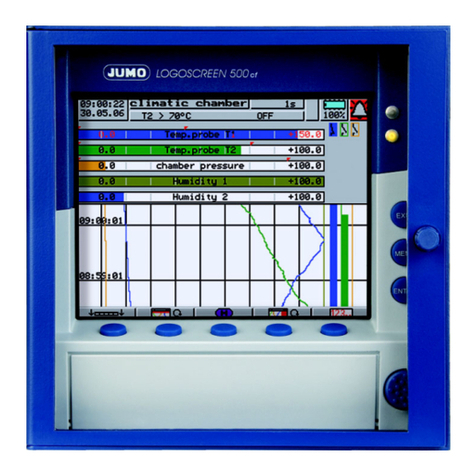
JUMO
JUMO LOGOSCREEN 550 cf User manual
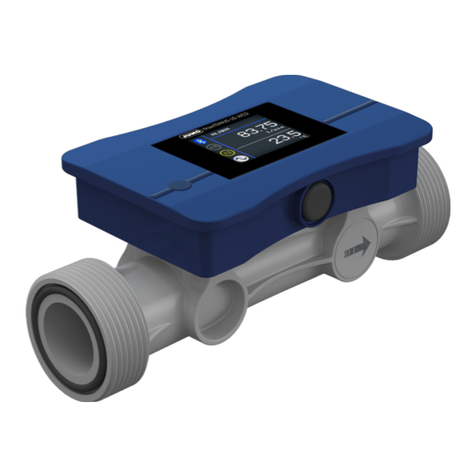
JUMO
JUMO flowTRANS US W02 Reference guide
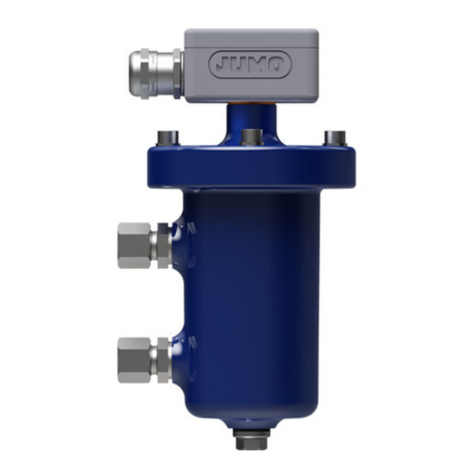
JUMO
JUMO NESOS Series User manual
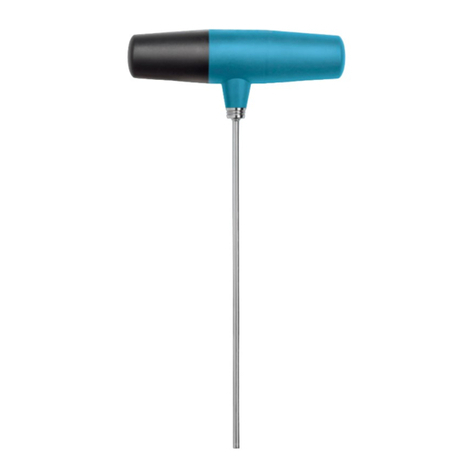
JUMO
JUMO Wtrans T03 User manual
Popular Measuring Instrument manuals by other brands

Powerfix Profi
Powerfix Profi 278296 Operation and safety notes

Test Equipment Depot
Test Equipment Depot GVT-427B user manual

Fieldpiece
Fieldpiece ACH Operator's manual

FLYSURFER
FLYSURFER VIRON3 user manual

GMW
GMW TG uni 1 operating manual

Downeaster
Downeaster Wind & Weather Medallion Series instruction manual

Hanna Instruments
Hanna Instruments HI96725C instruction manual

Nokeval
Nokeval KMR260 quick guide

HOKUYO AUTOMATIC
HOKUYO AUTOMATIC UBG-05LN instruction manual

Fluke
Fluke 96000 Series Operator's manual

Test Products International
Test Products International SP565 user manual

General Sleep
General Sleep Zmachine Insight+ DT-200 Service manual
